Home>Ideas and Tips>Home Office Lighting Tips For Productive Work Sessions
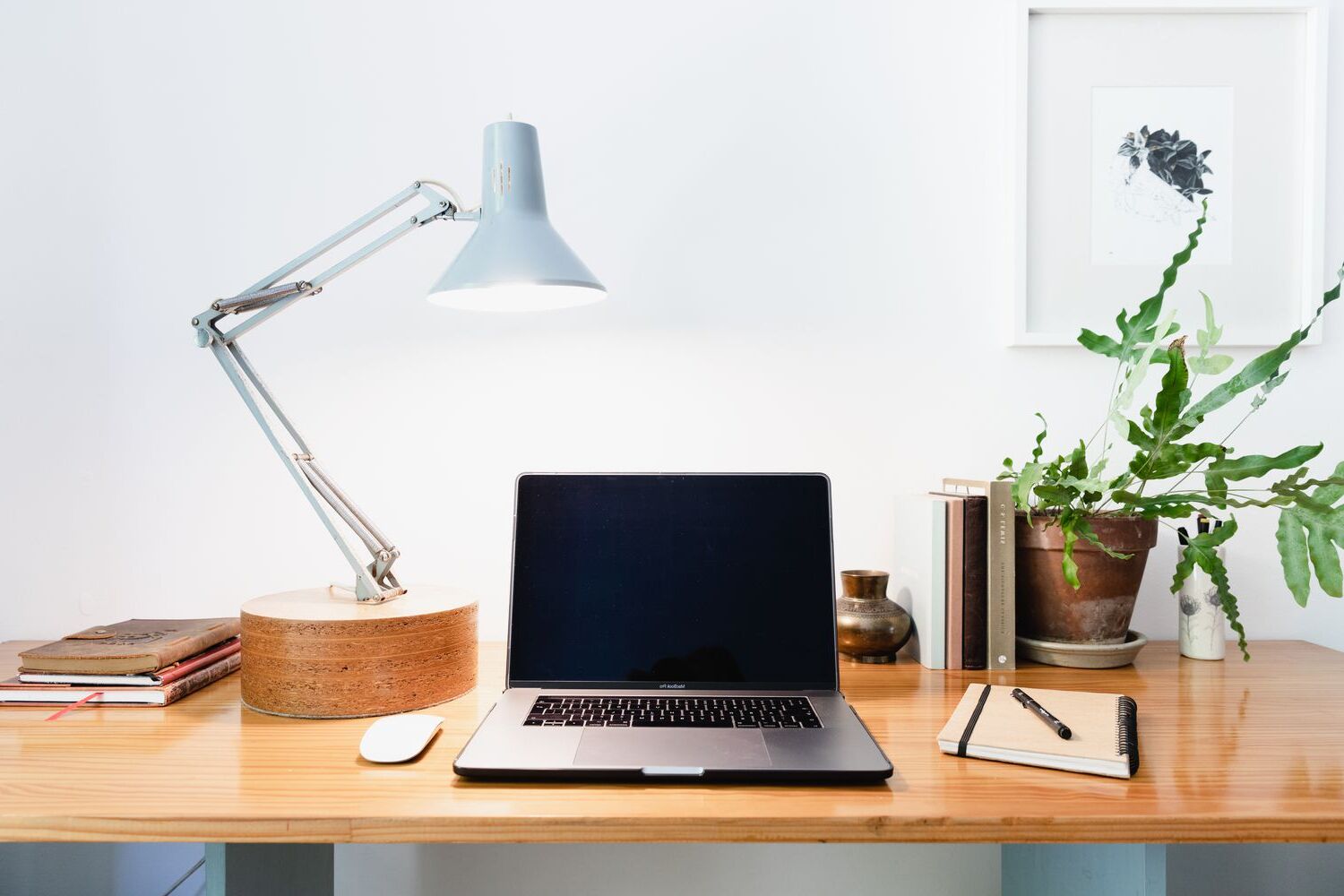

Ideas and Tips
Home Office Lighting Tips For Productive Work Sessions
Modified: October 27, 2024
Discover essential home office lighting tips to boost productivity, reduce eye strain, and create a focused work environment.
(Many of the links in this article redirect to a specific reviewed product. Your purchase of these products through affiliate links helps to generate commission for Storables.com, at no extra cost. Learn more)
In today's remote work era, the home office has become an essential part of our daily lives. Whether you're working from a dedicated room or a corner of your living space, proper lighting is crucial for productivity and overall well-being. In this article, we'll delve into the world of home office lighting, exploring the best practices, tips, and strategies to create an environment that fosters focus and efficiency.
Lighting is often overlooked as a critical component of home office design, but it plays a significant role in enhancing productivity and reducing distractions. Poor lighting can lead to eye strain, headaches, and decreased focus, ultimately affecting your ability to perform tasks effectively. On the other hand, well-designed lighting can boost energy levels, improve mood, and even regulate circadian rhythms.
The Importance of Lighting in Home Offices
Lighting is often overlooked as a critical component of home office design, but it plays a significant role in enhancing productivity and reducing distractions. Poor lighting can lead to eye strain, headaches, and decreased focus, ultimately affecting your ability to perform tasks effectively. On the other hand, well-designed lighting can boost energy levels, improve mood, and even regulate circadian rhythms.
Natural Light: The Best Medicine
Natural light is often referred to as the "best medicine for the office." It has been proven to reduce eye strain and headaches in office workers by up to 84%. Sitting next to a window can increase productivity by 16%. Natural light also increases serotonin levels and regulates melatonin release, which positively impacts sleep quality and alertness during the day.
However, incorporating natural light into your home office isn't always straightforward. Direct sunlight can be too intense for electronic screens, causing glare and discomfort. The solution is to diffuse natural light using semi-translucent blinds or shades that allow gentle illumination while minimizing harsh reflections.
Types of Lighting for Home Offices
To create a well-lit home office, you need to understand the different types of lighting and how they can be combined to achieve optimal results.
Ambient Lighting
Ambient lighting refers to the overall illumination of the room, which includes the light that fills the space and illuminates walls, ceilings, and floors. This type of lighting sets the tone for the entire environment and should be designed to reduce glare and hot spots.
When selecting fixtures for ambient lighting, look for shades and locations that minimize reflections off screens or shiny surfaces. Fixtures that illuminate vertical surfaces like walls, art, and shelving are ideal as they provide ambient lighting without creating glare or hot spots.
Task Lighting
Task lighting is purpose-based lighting designed to help you complete specific tasks more effectively. In a home office, this typically includes lighting for computer work, paperwork, and video calls.
Task lighting should be focused on the task surface to reduce visual clutter. Visual clutter occurs when there are uneven or irregular lighting patterns, which can drain productivity by overstimulating the brain. To avoid this, ensure that task surfaces are lit more brightly than the surrounding spaces but avoid creating high contrast, which can cause eye strain.
A common strategy is to maintain a ratio of 3:1 between the task surface and the surrounding room. Additionally, lining up like-lighting in the ceiling or on walls can help reduce visual clutter by creating a cohesive lighting environment.
Smart Lighting Solutions
Smart lighting technology has revolutionized home office lighting by offering flexible and customizable solutions. Smart bulbs and switches allow you to create different scenes for various tasks, such as work time, dark work, and play time.
Using smart lights with Apple's HomeKit, you can automate your lighting setup to turn on and off based on your schedule or activities. For example, setting up a scene that turns on your work lights when you enter the room in the morning can save time and reduce distractions.
Another smart lighting solution is the use of desk lights with adaptive lighting features. These lights can adjust their brightness and color temperature to mimic natural daylight, helping to stay focused and awake during long work sessions.
Specific Lighting Tips for Home Offices
-
Incorporate Natural Light: If possible, place your desk near a window to take advantage of natural light. However, ensure that the light is diffused to avoid glare on your screen.
-
Use LED Bulbs: LED bulbs are energy-efficient and mimic natural light well. They come in various color temperatures, with cooler temperatures (around 5000K) being more suitable for work environments as they promote alertness and focus.
-
Adjustable Desk Lamps: An adjustable desk lamp provides concentrated but movable lighting that is especially useful for focusing on work. Look for lamps with flexible goosenecks and USB charging ports for added convenience.
-
Pharmacy Floor Lamps: Pharmacy floor lamps offer both style and practicality. They often come with 3-way dimmer switches, allowing you to adjust the brightness according to your needs. These lamps can add warmth and light to your office while being stylish.
-
Smart LED Light Strips: LED light strips can add colorful ambient lighting to your workspace. Place them around the perimeter of your desk, along bookshelves, or behind your computer monitor to create a subtle glow.
-
Light Therapy Lamps: For those who struggle with seasonal affective disorder (SAD) or need extra light during winter months, light therapy lamps are a great option. These lamps emit light that mimics natural daylight, helping to reset circadian rhythms and regulate melatonin release.
-
Video Conference Lighting: When it comes to video conferencing, the lighting requirements are different from other forms of work. Ensure that your background is not too bright and add soft light to your desktop and face. A backlight can also be useful for highlighting.
-
Avoid Harsh Lighting: Overhead lighting should be medium brightness and preferably LED-based to avoid harsh glare and eye strain. Avoid direct sunlight during peak hours as it can cause discomfort and reduce productivity.
-
Control Over Lighting: Ideally, workers should have as much control over the lighting brightness in their personal work area as possible. This can be achieved through smart lighting systems or simple switches that allow you to adjust the light levels according to your needs.
-
Cleanliness: Lastly, maintaining a clean and organized workspace is crucial for productivity. Consider hiring a cleaning crew or setting up a regular cleaning schedule to keep your office tidy and distraction-free.
Conclusion
Creating a productive home office environment involves more than just setting up a desk and chair. Proper lighting is essential for enhancing focus, reducing eye strain, and boosting overall well-being. By incorporating natural light, using smart lighting solutions, and implementing specific lighting tips tailored to your needs, you can transform your home office into a space that fosters productivity and professionalism.
Remember, lighting is an art and science that requires careful consideration. If you feel that you need professional guidance, there are many resources available to help curate your home office lighting and maximize your productivity.
By following these tips and strategies, you'll be well on your way to creating a home office that not only looks professional but also supports your health and efficiency in the long run.
Was this page helpful?
At Storables.com, we guarantee accurate and reliable information. Our content, validated by Expert Board Contributors, is crafted following stringent Editorial Policies. We're committed to providing you with well-researched, expert-backed insights for all your informational needs.

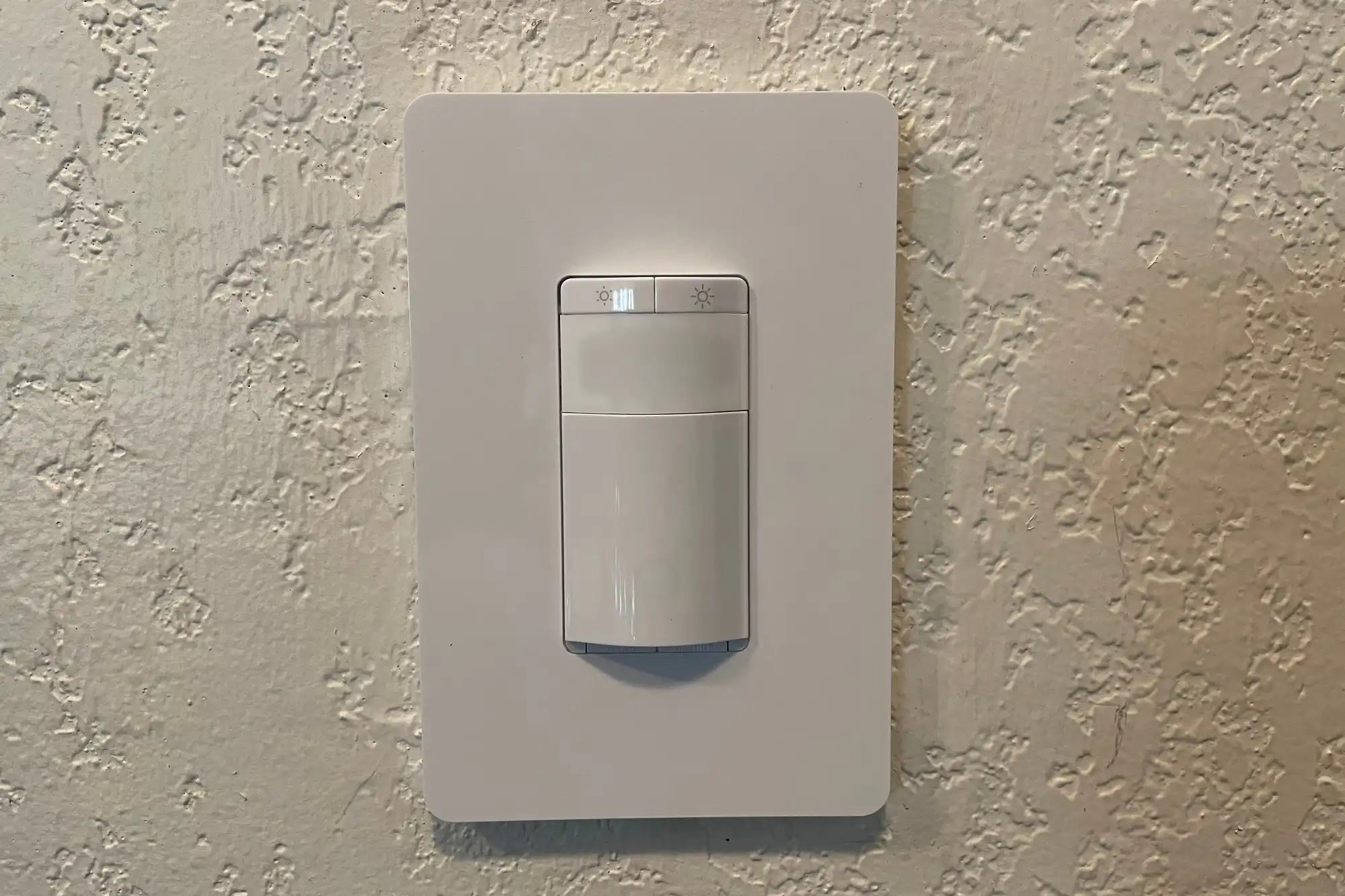
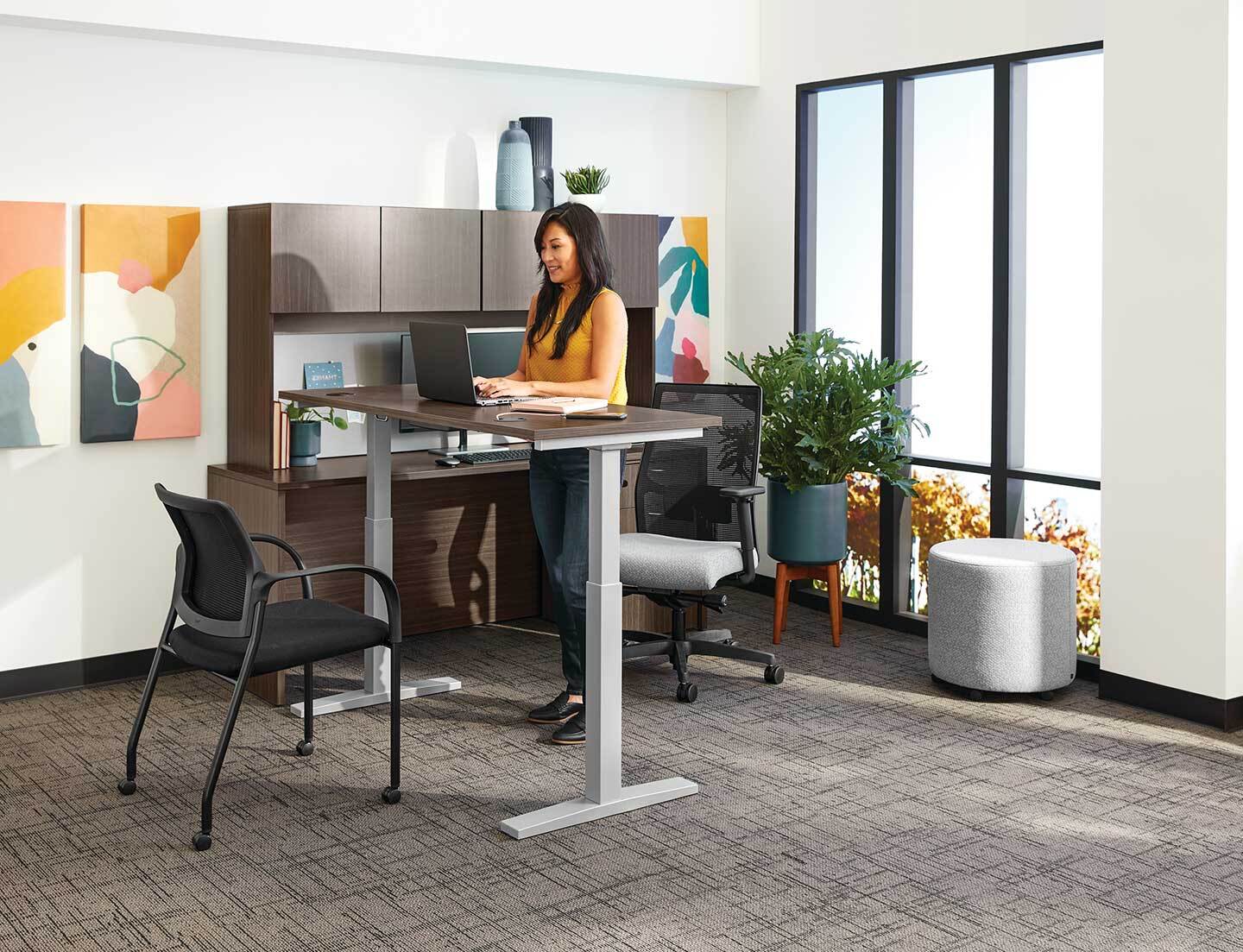
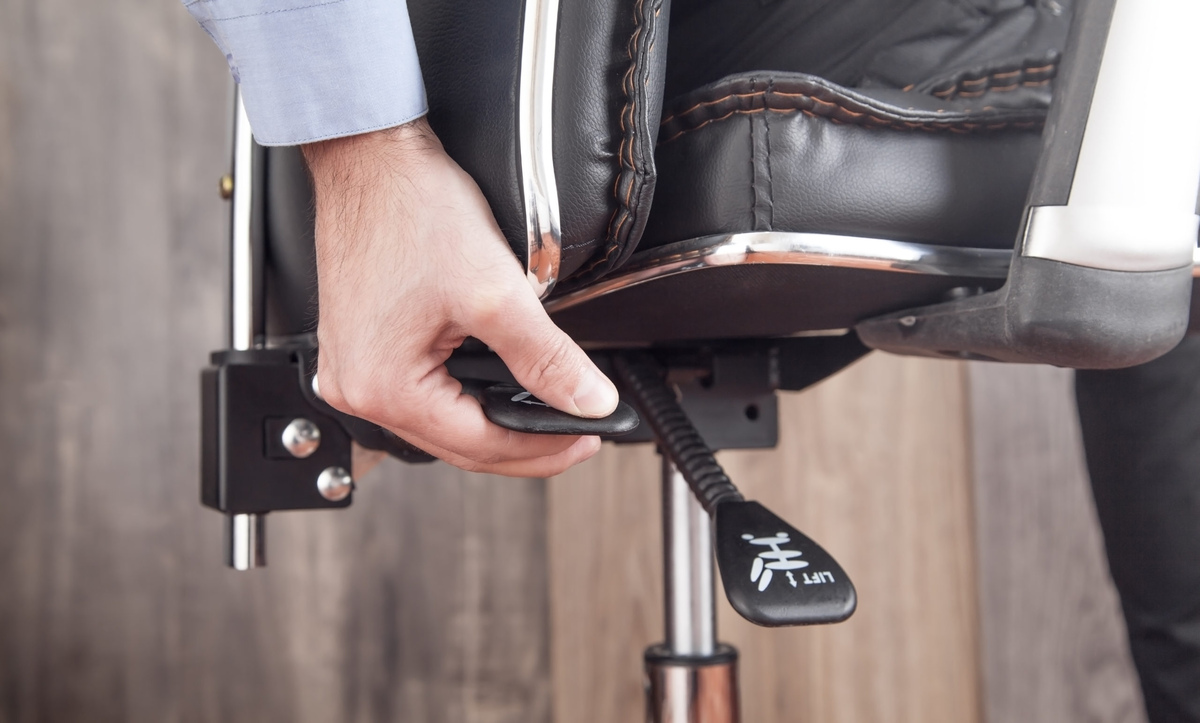

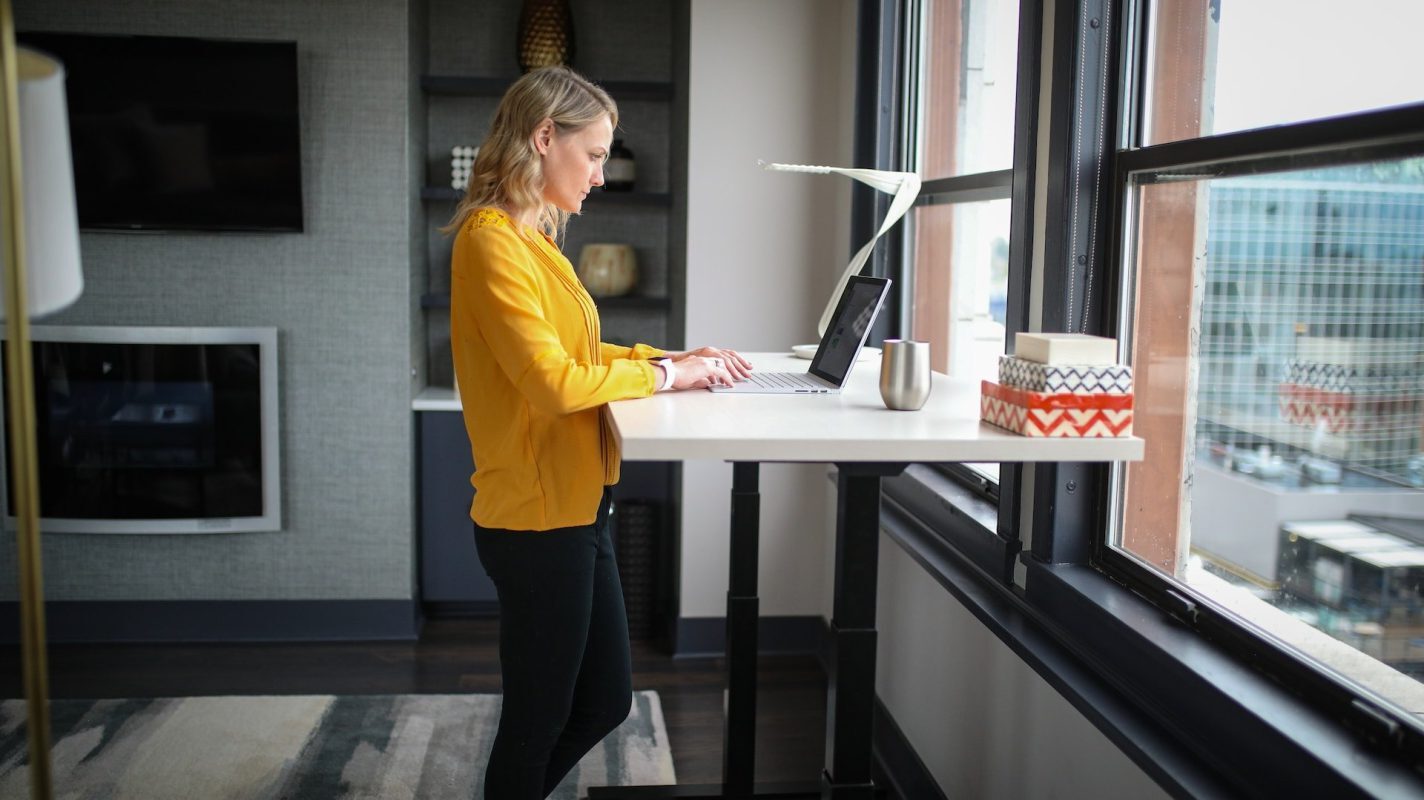
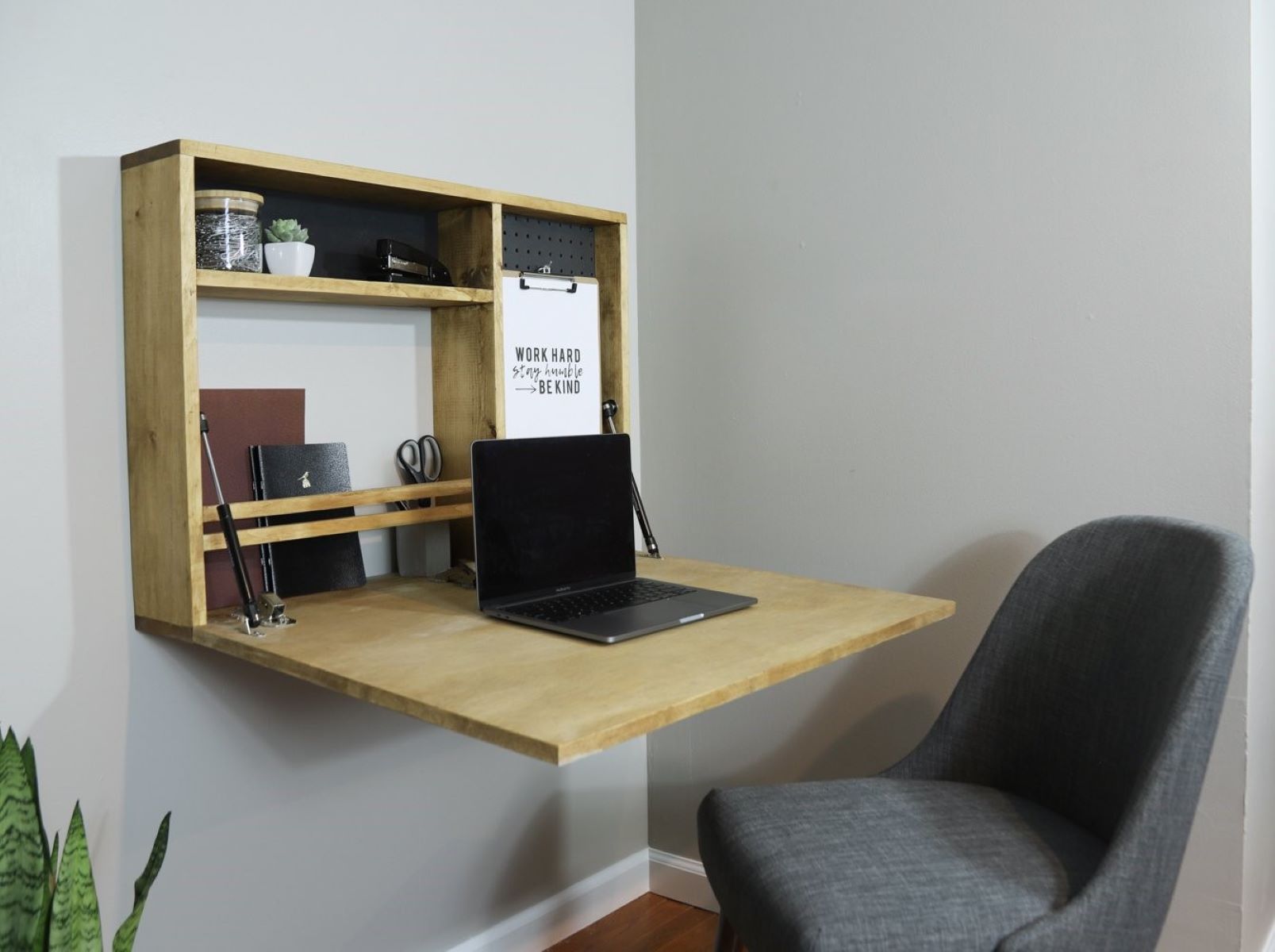
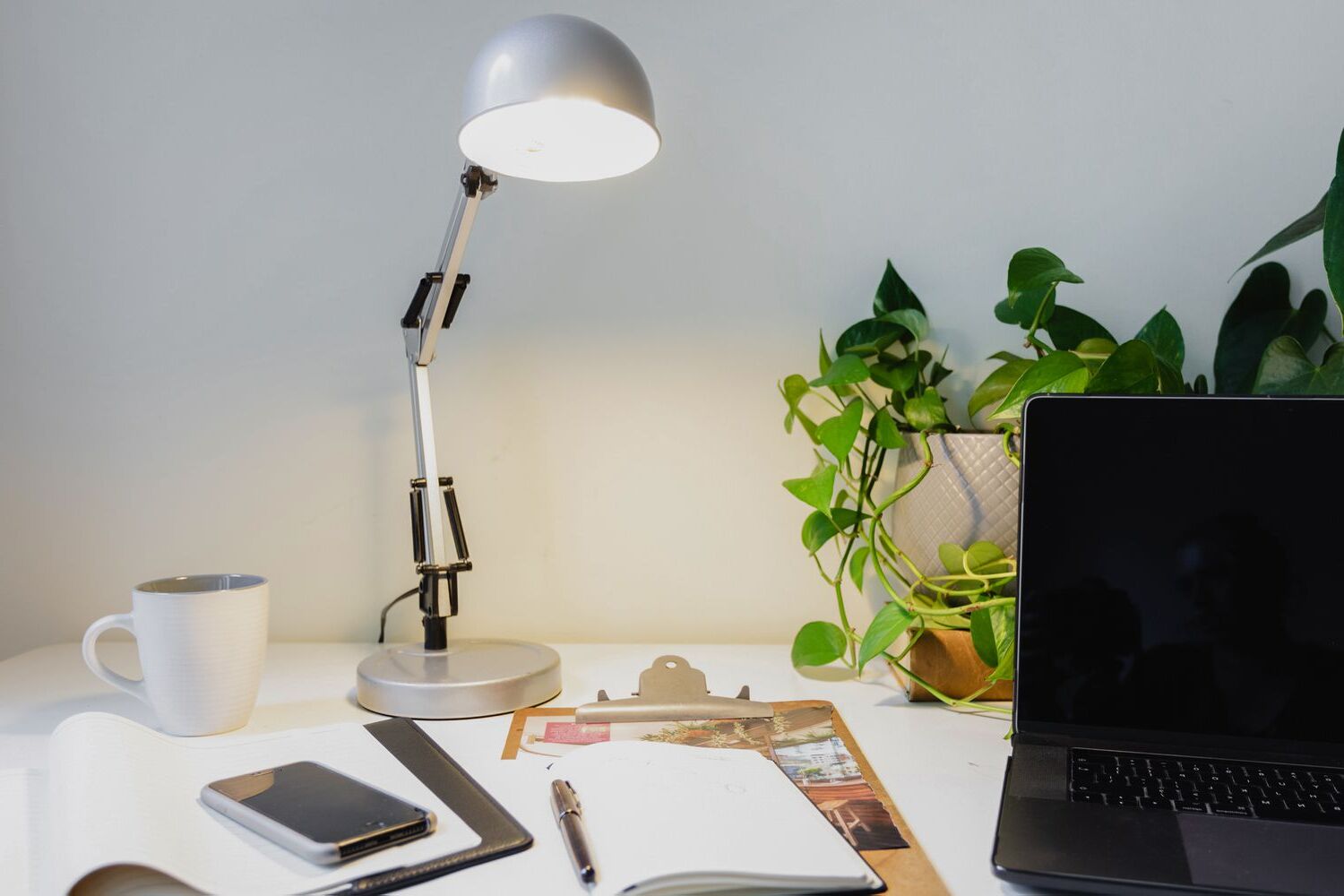

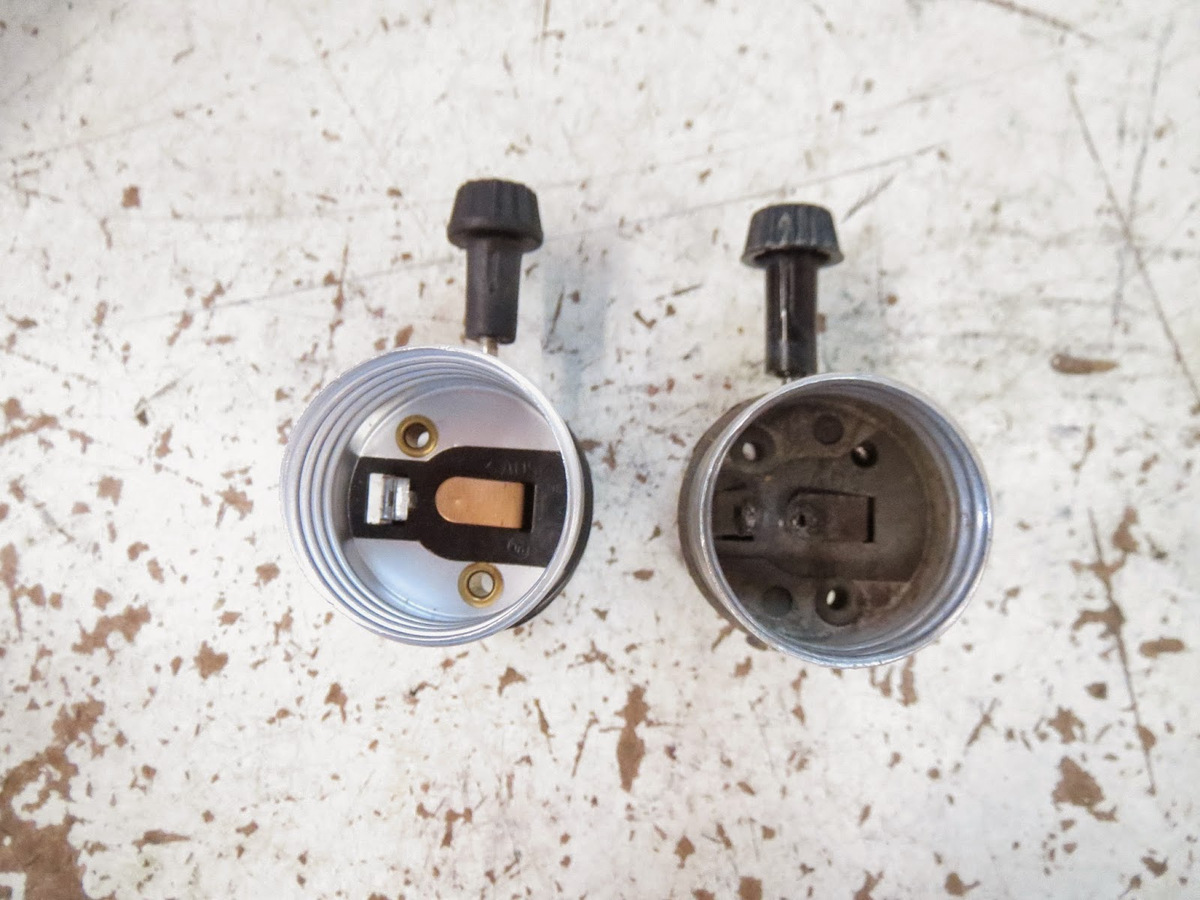
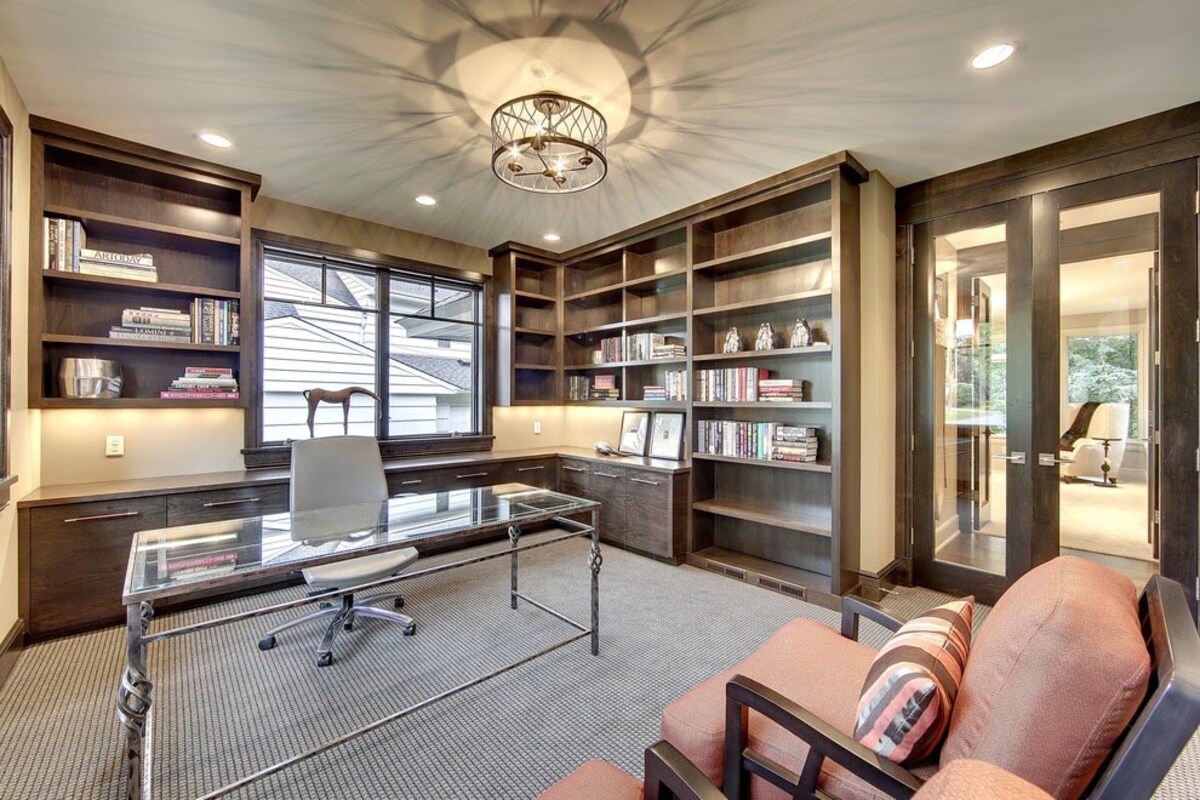
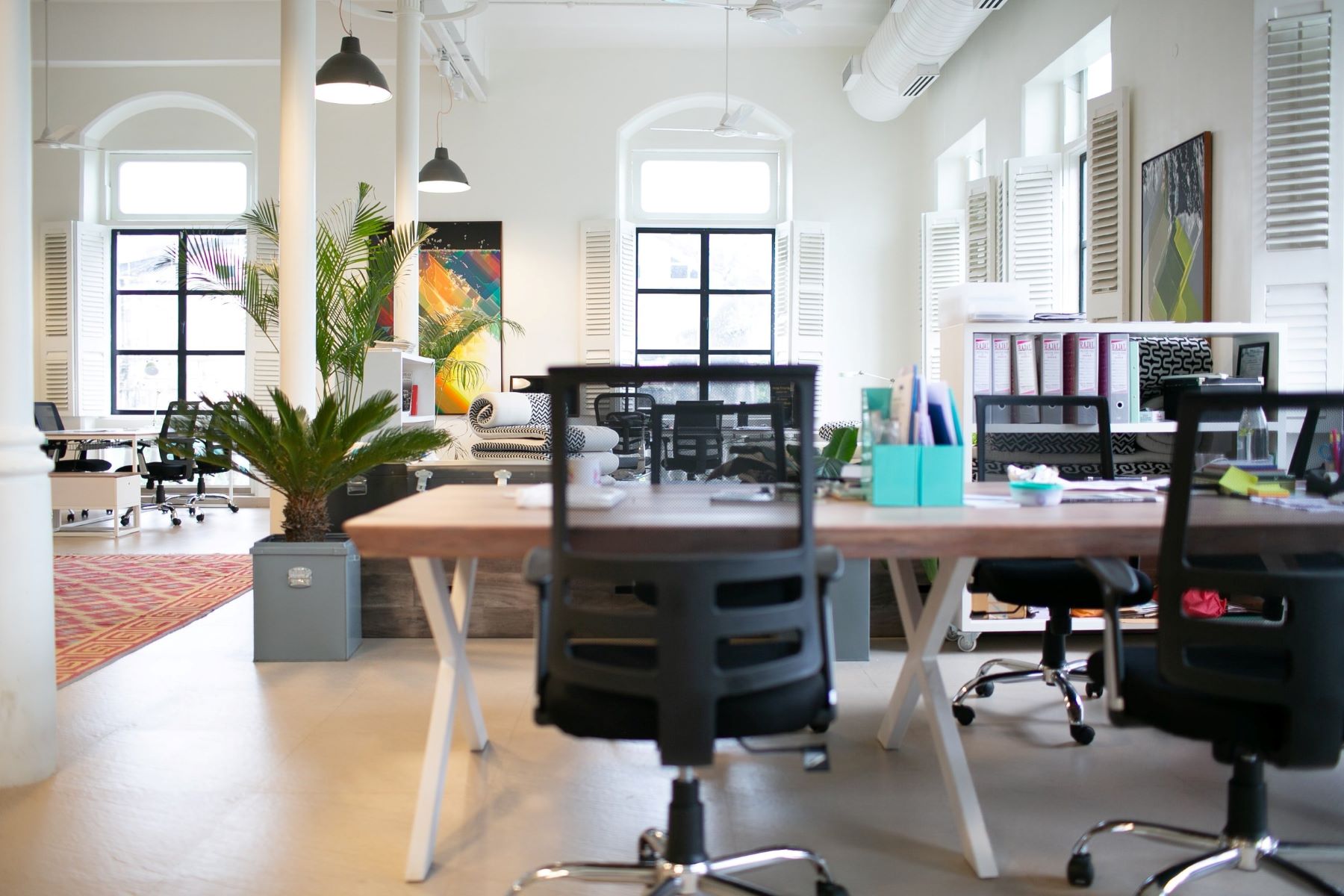

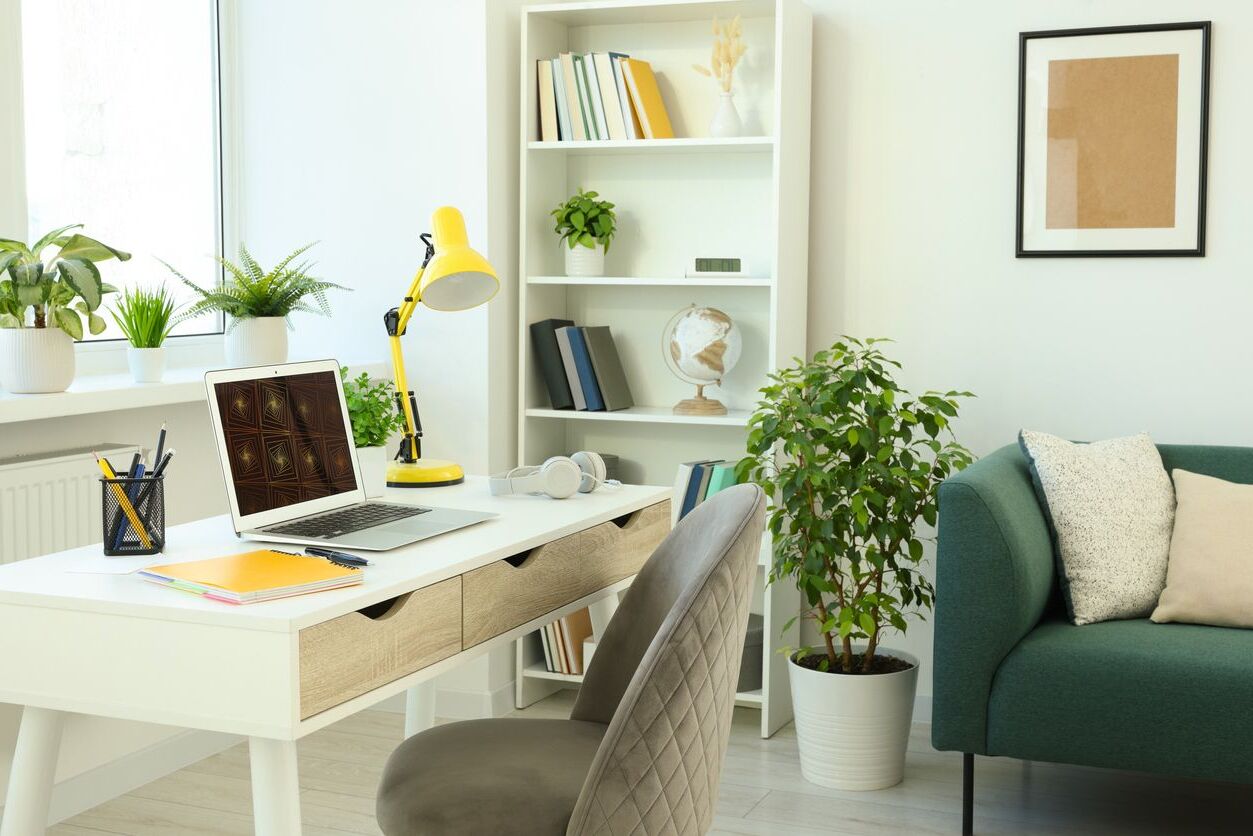
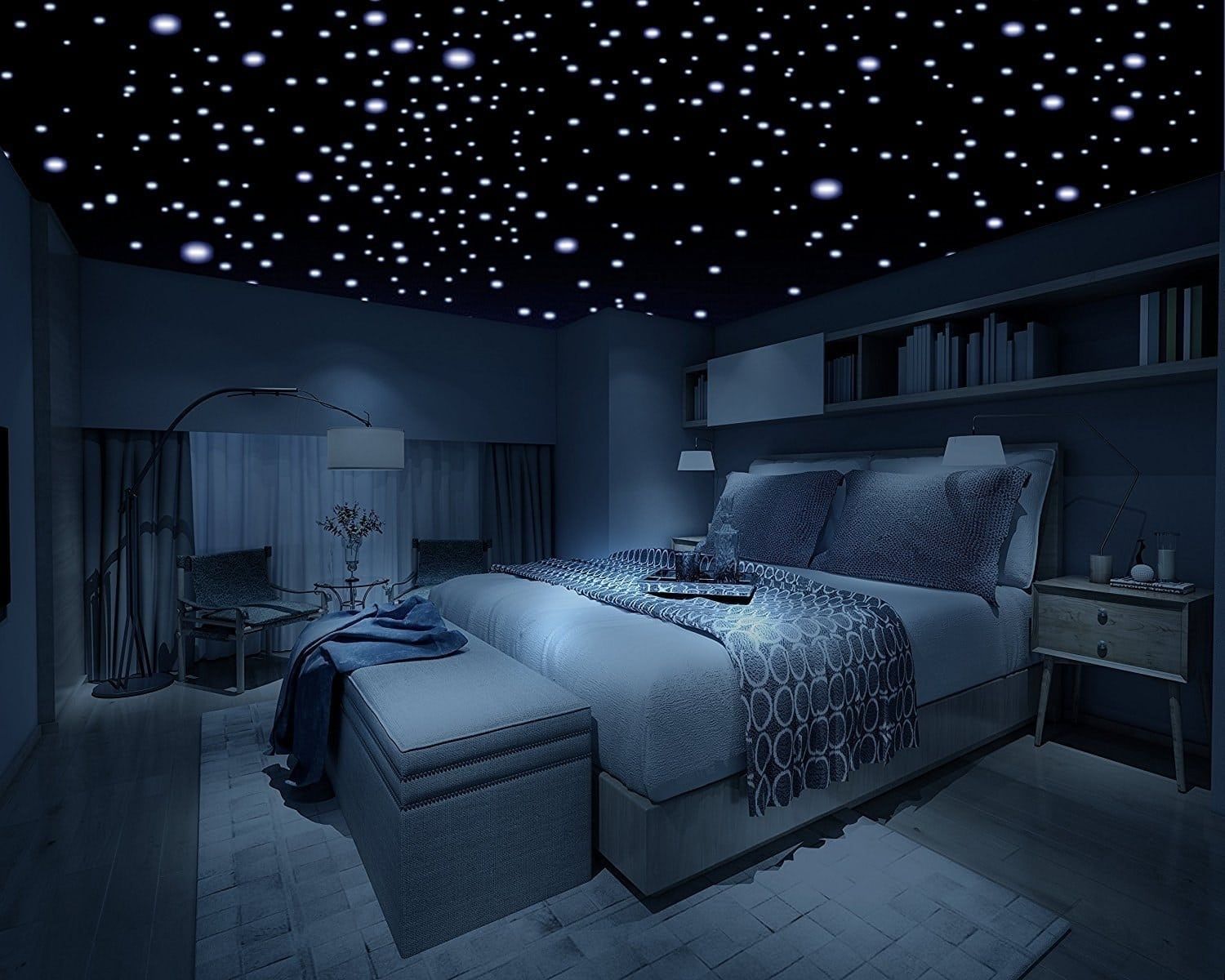

0 thoughts on “Home Office Lighting Tips For Productive Work Sessions”